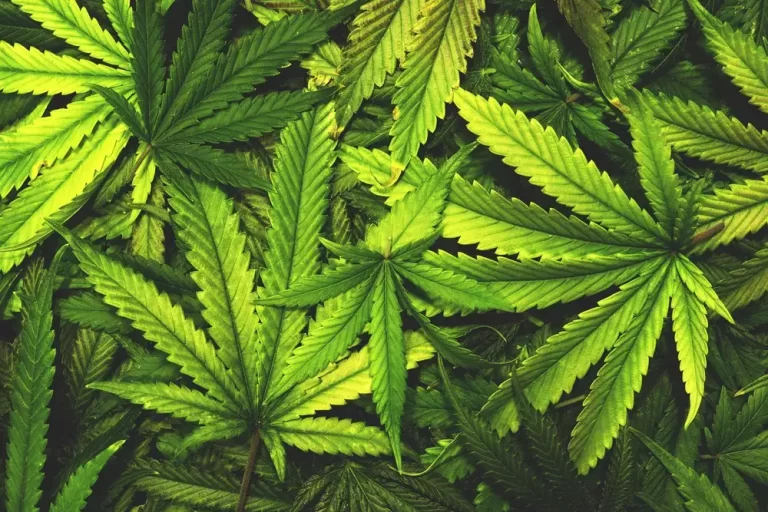
Massachusetts Marijuana Tax Revenue Now Exceeds Alcohol by Millions
- Cannabis News
- Cannabutter Digest
In December 2021, Massachusetts passed an important milestone with its recreational marijuana program, according to a report by Fortune. The state collected $74.2 million in tax revenue from marijuana and $51.3 million from alcohol taxes in the first half of the fiscal year. Massachusetts legalized recreational cannabis in November 2018 and has seen $2.54 billion in sales to adult users.
Illinois has also seen cannabis taxes exceeded alcohol taxes by $100 million in 2021. All the states with recreational marijuana laws have collected over $10 billion in cannabis tax revenue so far.
Many advocates for legalizing recreational cannabis believe that these revenues exceed alcohol tax revenue because marijuana is less dangerous than alcohol. They argue that marijuana can be an effective and lucrative substitute. 18 states have currently legalized cannabis. The remaining states that haven’t might consider the increase in revenue a persuasive argument to change their laws.
Review of States’ Cannabis Tax Revenue and How They Spend It
Below is a breakdown of how states that have legalized marijuana have collected and spent the associated tax revenue:
Massachusetts puts a 10.75 percent excise tax on marijuana, plus a sales tax of 6.25 percent. The state puts the money into the general fund, the School Building Authority, and the Massachusetts Bay Transportation Authority. Massachusetts also funds the Alcoholism Administration and the Cannabis Control Commission.
Michigan also legalized recreational cannabis in 2018. Michigan’s taxes are similar to Massachusetts. Michigan collects a 10 percent excise tax and six percent sales tax. The estimate for tax collection was $130 million in the first full year of sales (2020-2021). Michigan is investing in medical marijuana research. In addition, the state will divide the rest of the money between cities, towns, counties, the Michigan School Aid Fund, and the transportation fund.
Alaska taxes the cultivator per ounce. The excise tax is $50/ounce for flowers, $15/ounce for stems, and $25/ounce for immature flowers/buds.Twenty-five percent of the revenue goes to the general fund, 50 percent goes to three state departments: Public Safety, Health and Human Services, and Corrections. Twenty-five percent goes to the Marijuana Education Fund.
California taxes varying cultivation rates, including $9.65/ounce for flowers, $2.87/ounce for leaves, and fresh plant material $1.29/ounce. Additionally, they also collect a 15 percent excise tax and a 7.25 percent retail sales tax. The tax revenue pays for regulatory and research costs first. After that, the bulk of the revenue goes to anti-drug programs targeting kids get 60 percent, environmental programs get 20 percent, and 20 percent go to public safety.
Colorado was the first state to legalize marijuana, collecting tax revenue since 2014. The state levies a 15 percent wholesale excise tax and a 15 percent retail excise tax on cannabis but does not charge a sales tax. Of the retail tax revenue, 10 percent goes to local governments. The rest goes to the state, which allocates state revenue to the general and public schools. Over 70 percent goes to the marijuana tax cash fund. Revenue from the wholesale tax is sent to Building Excellent Schools Today, where the first $40 million is for building new schools.
Illinois’ marijuana tax revenue picture is complex. Wholesalers pay 7 percent. Retail taxes are determined by the product’s potency, with a 25 percent tax going to buyers of the strongest products. The tax revenue is distributed in several ways. Up to 45 percent goes to the general fund and pays state bills. The state used 25 percent in the Recover, Reinvest, and Renew Program. Eight percent goes to local governments, and public education gets two percent.
Maine passed a cannabis legalization law in 2016, but they had no cannabis marketplace with adequate product supplies by the beginning of 2021. The state estimates they will collect over $10 million in their first year of an operational market. The state taxes cultivators $335 per pound of flower. There will be a 10 percent sales tax. The revenue will mostly go to the general fund, with 12 percent to the Adult Use Marijuana Public Health and Safety Fund.
Nevada taxes cannabis with a 10 percent retail sales tax and a 15 percent wholesale tax. The money goes to the state’s rainy-day fund, with some going to pay the expenses of the marijuana law.
Oregon was also one of the first states to legalize cannabis and develop a retail market. Their taxing system is straightforward: a 15 percent sales tax. The state is careful to use 25 percent of the tax revenue to fund substance abuse treatment and education funds. The rest allotted to the state school fund (40 percent), 20 percent to cities and counties, and 15 percent to the Oregon state police.
Vermont legalized marijuana in 2016, though they passed a cannabis tax law only recently. Their market should be operational and collect tax revenue by the end of 2022. The tax system sees a 14 percent excise tax at the point of sale and a 6 percent sales tax. The state plans to use the revenue from cannabis taxes to start or expand afterschool and summer learning programs, particularly in underserved areas.
Washington State was one of the earliest states to legalize marijuana as well. They had an operational marketing and taxing plan by 2015. The state charges a 37 percent tax on retail sales. Revenue from the tax goes to several state agencies. The state has been careful to use some money for healthy youth surveys, Marijuana educational programs, research into pesticides, licensing accreditation, and testing programs.
Additional states that have legalized marijuana include Arizona, New Mexico, Montana, Connecticut, Virginia, New York, and New Jersey.
The benefit of a recreational cannabis law for adult smokers is that the revenue needs very little infrastructure to operate. As we’ve seen, the state simply decides how it wants to tax the cannabis – sales tax, wholesale tax, cultivators’ tax, etc. – and collects the money.
Then the state figures out what to spend it on and allocates the revenue. Many states spend on education, but more money appears to go into the state’s general fund. Here, it is spent on the state’s immediate needs. Marijuana legalization and subsequent taxation is easy, ingenious, and regulated for the state and consumers.






